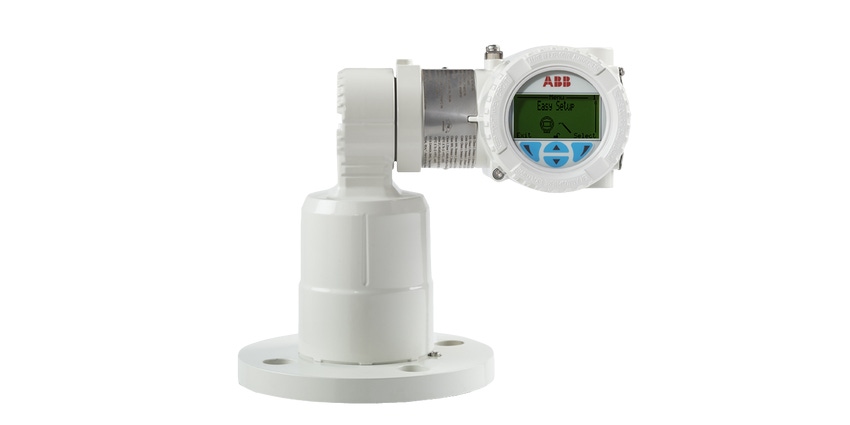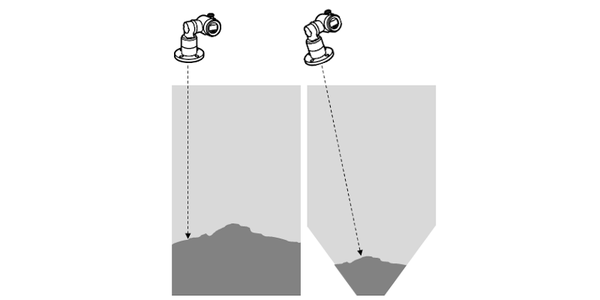Level Measurement in the Plastics Industry
Plastic manufacturing and processing is one of the most promising market for laser level transmitters.
October 20, 2020

Michel Begin, global product manager – laser and guided-wave radar level measurement, ABB Inc.
Plastics have become one the most ubiquitous materials used globally. Plastics production has increased on average by 9% since the 1950s, and is now one of the largest manufacturing industries in the world.
This increased demand for plastics is driven by its use as a substitute to metals or other materials in different industries such as consumer goods, automotive, construction, and electronics. The plastics industry is composed of plastic manufacturers and plastic end-users, also called converters. Plastic manufacturers are usually large petrochemical and chemical companies with global operations that produce and supply raw plastic material typically in the form of plastic pellets. Plastic end-users or converters buy raw plastic materials and produce miscellaneous plastic products for different markets. Plastic producers and plastic converters will typically store plastic pellets in tall and narrow silos creating a challenge for any beam spread technology such as radar and ultrasonic. As we will see in this article, due to their narrow beams, laser transmitters have been used successfully in this market with thousands of installations in the last 10 years.
Laser Level Transmitters
In recent years, laser level measurement has gained popularity in industrial applications. Laser level measurement offers the advantages of accurate, simple measurements without contact with the measured material. Even materials with low dielectric constant can be easily measured with laser transmitters. Laser level measurement is now a mature technology used in many fields of industry and science. Laser level measurement offers many advantages over beam spread technologies, including:
Non-contact technology improving reliability. So, plastic pellets will not stick to the device and break moving parts requiring repetitive maintenance as is the case for contact technologies
Strong laser beam reflection from plastics, in contrast to radar wave
Can work with low dielectric constant materials such as plastic pellets
Typical environment is not dusty, so no issue for laser beam
Narrow beam and small divergence allowing to aim directly at the bottom of a conical vessel
Can be installed close to the wall and unaffected by internal structures or vessel shape
Level Measurement for Plastics
Level measurement has been used for years in the plastic industry, stressed by the need of increased automation and live inventory reporting.
Level measurement has been used at different stages in the manufacturing process and most particularly in storage silos and day bins. Storage silos are narrow and tall, making them a challenging application for any beam spread technology. Laser level measurement has been used with great success in this application due to its narrow beam and ability to measure to the complete silo bottom as illustrated.
Laser beams are narrow (<0.3° divergence) and create a small spot on the surface, typically less than 30cm even at long ranges. A typical installation on a storage silo is illustrated below. A laser transmitter is mounted on a spool piece using a swivel flange to ensure precise aiming at the bottom of the silo. For increased protection, a dust tube was also used. For plastic applications, it is important to use a metal mounting plate or flange and make sure it is properly grounded to the silo to help dissipate static buildup
Another important advantage of using lasers in such applications is that silos are usually identical. So, contrary to other technologies, laser levels only need to be configured for the first silo. This configuration can then be used for all remaining silos, which makes installation and commissioning easier, faster, and less costly.
Conclusion
Plastic manufacturing and processing is one of the most promising market for laser level transmitters with numerous opportunities worldwide. Narrow and tall storage silos used in this industry are challenging for spread technology such as radar and ultrasonic, but a perfect environment for lasers due to their narrow beams and ability to measure to the complete silo bottom. Laser transmitters have enjoyed great success in the plastic industry with thousands of installations over the last decade.
Michel Begin is global product manager – laser and guided-wave radar level measurement, ABB Inc. (Québec, Québec, Canada). For more information, call 418-877-2944 or visit abb.com/analytical.
You May Also Like


